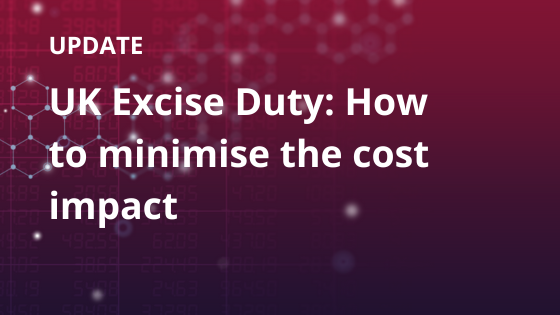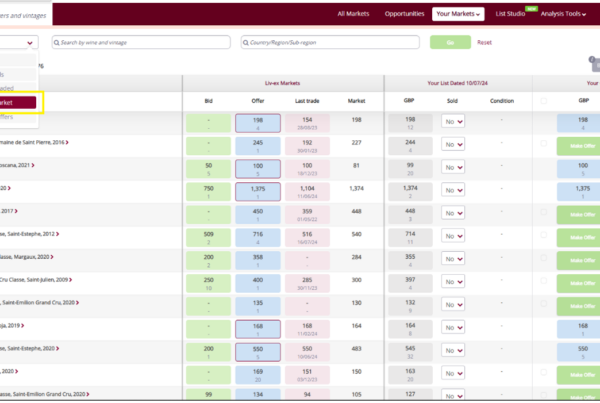What is excise duty and how is it changing?
UPDATE (02/05/24) – SINCE THIS ARTICLE WAS PUBLISHED, THE GOVERNMENT HAVE CONFIRMED THE NEW SYSTEM WILL BE DELAYED UNTIL FEBRUARY 2025. HOWEVER, NOW IS THE TIME TO GET READY FOR IT.
This year will see the biggest reform of UK alcohol duties for more than 140 years. Excise duties are indirect taxes applied to the sale or use of alcoholic products produced in or imported into the UK.
The new legislation will mean that duty will be calculated based on product type, alcohol by volume (ABV) and unit size. Currently there are six pricing bands for alcohol duty in the UK when it come to wine, this will be changing to 27 bands by creating a band for every 0.5% of alcohol between 8.5% and 22%. The new system will increase the tax on goods with higher ABV and decrease those with a lower ABV.
While the new scheme will reduce taxation for sparkling wine, duty on still and fortified wine will increase by an average of 20% and 30% respectively, collecting an additional £250m overall from wine drinkers according to the WSTA.
When is this happening?
While the legislative changes were announced in March 2023, the new system will be implemented from the 1st August 2023.
For wines between 11.5% and 14.5% ABV, duty rate will be calculated as if they were 12.5% ABV until 1st February 2025. From 2025, the full extent of the different duty rate subcategories will come into effect.
How will it affect your business?
The new UK excise duty system will be more complicated and time-consuming to calculate. For wines outside the 11.5% -14.5% in particular.
The current system has wide ABV bands. For example, the same duty rate applies to a 75cl bottle of still wine with ABV between 5.5% and 15%.
Going forward, accurate ABV data will be essential for the new calculation. The multiple and narrow bands mean it will be too laborious to manually check labels. The precise information needed leaves no room for human or data errors.
With the upcoming changes, businesses will need to check the ABV on every single line, of every year, including back vintages. Take Château Pontet-Canet as an example. Between 2009 and 2019, the wine had 5 different ABVs, ranging between 13% and 14.5%. Under the old system, these vintages would have all been taxed equally. Whereas, under the current proposals, these changes in alcoholic strength now span five distinct duty brackets. This administrative burden will be even more cumbersome when checking ABVs on older vintages.
What should I do?
Accurate ABV information becomes paramount to avoid HMRC compliance issues and calculate/pay the correct amount of duty. The Liv-ex database contains over 40,000 individual ABVs, which have been checked by Liv-ex’s verification experts. Liv-ex members can get this data in bulk quickly and efficiently, ensuring a minimal impact on resources and cost, either via List Studio or recive it automatically via our APIs.
Members can also add ABVs to their websites to enrich the product information available to their customers. Liv-ex members can also automatically get Commodity Codes to simplify post- Brexit customs paperwork further and ensure an efficient and smooth movement of stock.
Not yet a member of Liv-ex? Request a demo to see the exchange and a member of our team will be in touch with you shortly.


